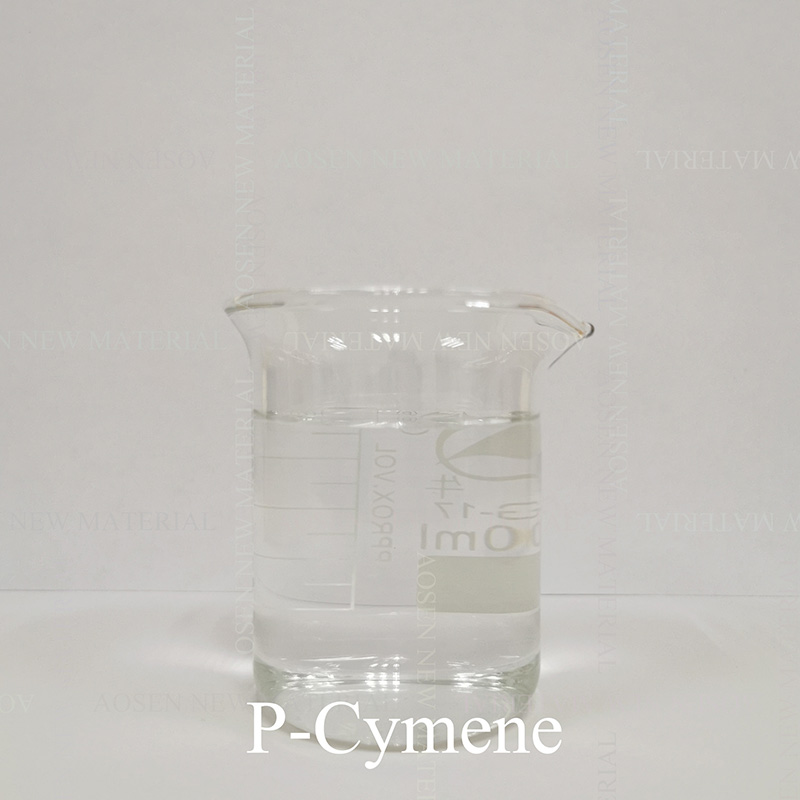
- English
- Español
- Português
- русский
- Français
- 日本語
- Deutsch
- tiếng Việt
- Italiano
- Nederlands
- ภาษาไทย
- Polski
- 한국어
- Svenska
- magyar
- Malay
- বাংলা ভাষার
- Dansk
- Suomi
- हिन्दी
- Pilipino
- Türkçe
- Gaeilge
- العربية
- Indonesia
- Norsk
- تمل
- český
- ελληνικά
- український
- Javanese
- فارسی
- தமிழ்
- తెలుగు
- नेपाली
- Burmese
- български
- ລາວ
- Latine
- Қазақша
- Euskal
- Azərbaycan
- Slovenský jazyk
- Македонски
- Lietuvos
- Eesti Keel
- Română
- Slovenski
- मराठी
- Srpski језик
Natural Flavour and Fragrance: The Secret to Enhancing Food Flavour!
2025-05-06
Definition of Natural Flavour and Fragrance: Spices, the magical substance that gives food its aroma, also bring a unique taste experience. Flavors, on the other hand, are made by carefully blending a variety of spices to further enhance or create a rich food flavour.
Natural Flavour and Fragrance is a substance specially used to blend edible flavours, which is designed to add aroma to food, stimulate appetite, and promote digestion and absorption. It plays a significant role in enriching food varieties and improving food quality. As a special food additive, it has the characteristics of a wide variety, safety, and reliability, and is derived from nature.

Natural Flavour and Fragrance can be classified according to different factors such as its source and manufacturing method, and is mainly divided into three categories: natural flavours, natural equivalent flavours, and artificial flavours. Among them, natural equivalent flavours and artificial flavours both belong to the category of synthetic flavours.
Natural flavours: Natural flavours are refined from natural aromatic plants or animal raw materials by purely physical methods and are generally considered safe and reliable. Natural equivalent flavors: These flavors are obtained by chemical synthesis or chemical separation from natural aromatic raw materials, and their chemical structure is exactly the same as that of natural products. Artificial flavors: These flavors are usually produced by chemical synthesis, and their chemical structure has not yet been discovered in nature.
Natural flavors come from various animals and plants, and are extracted in various ways, including essential oils, tinctures, extracts, aromatic resins, absolute oils and oleoresins. Spices are herbs and spices from various plants, which have unique aromas, fragrances and tastes. For example, essential oils are mixtures extracted from different parts of aromatic plants, which contain compounds such as terpenes, alicyclics and aliphatics.
In food processing, Natural Flavour and Fragrance is a carefully formulated mixture that contains aromatic substances, solvents or carriers, and certain food additives. Edible flavors are mainly classified according to use, flavor, ingredients and application. Commonly used classification criteria are:
Classification by use: for beverages, candies, baked goods, etc. Classification by flavor: citrus flavors, fruit flavors, etc. Classification by flavor composition: monomer flavors, such as menthol, vanillin, etc. Classification by performance: water-soluble flavors, oil-soluble flavors, etc. Functions and usage points of flavors The functions of flavors include flavor enhancement, aroma stabilization, and raw material substitution. Its use requires strict control of conditions, including temperature, time, and chemical stability, to ensure the desired effect and avoid adverse consequences.
Fragrance enhancement assistance: For foods such as high-end wines and natural fruit juices, if their own aroma is insufficient, edible flavors that are coordinated with their aroma can be used for flavor enhancement assistance. Fragrance supplement: In the processing of sauces, preserved fruits, and canned fruits and vegetables, restoring and enhancing their aroma is an important function of flavors. Substitution function: In some cases, the use of corresponding flavors can replace or partially replace natural raw materials.
Through the reasonable use of Natural Flavour and Fragrance, food can not only add unique and attractive flavors, but also improve the overall quality and bring consumers a better food experience.





